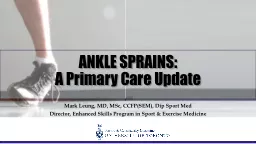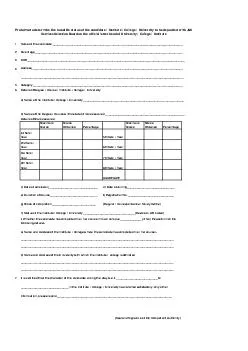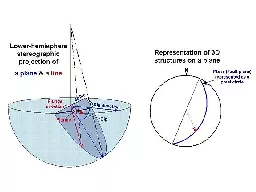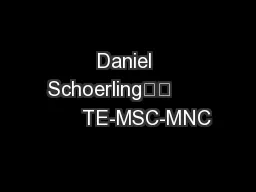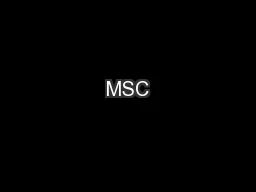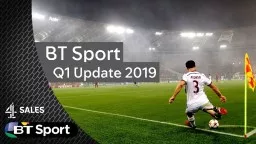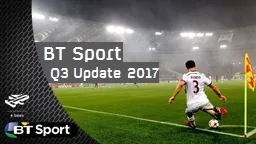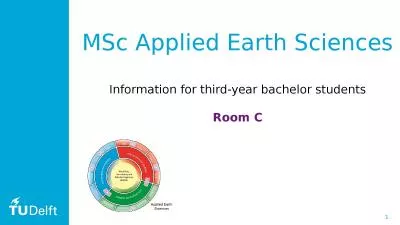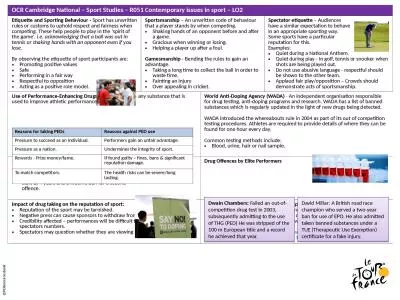PPT-Mark Leung, MD, MSc , CCFP(SEM), Dip Sport Med
Author : kittie-lecroy | Published Date : 2018-02-25
Director Enhanced Skills Program in Sport amp Exercise Medicine ANKLE SPRAINS A Primary Care Update FacultyPresenter d isclosure Faculty Dr Mark Leung Relationships
Presentation Embed Code
Download Presentation
Download Presentation The PPT/PDF document "Mark Leung, MD, MSc , CCFP(SEM), Dip Sp..." is the property of its rightful owner. Permission is granted to download and print the materials on this website for personal, non-commercial use only, and to display it on your personal computer provided you do not modify the materials and that you retain all copyright notices contained in the materials. By downloading content from our website, you accept the terms of this agreement.
Mark Leung, MD, MSc , CCFP(SEM), Dip Sport Med: Transcript
Download Rules Of Document
"Mark Leung, MD, MSc , CCFP(SEM), Dip Sport Med"The content belongs to its owner. You may download and print it for personal use, without modification, and keep all copyright notices. By downloading, you agree to these terms.
Related Documents

